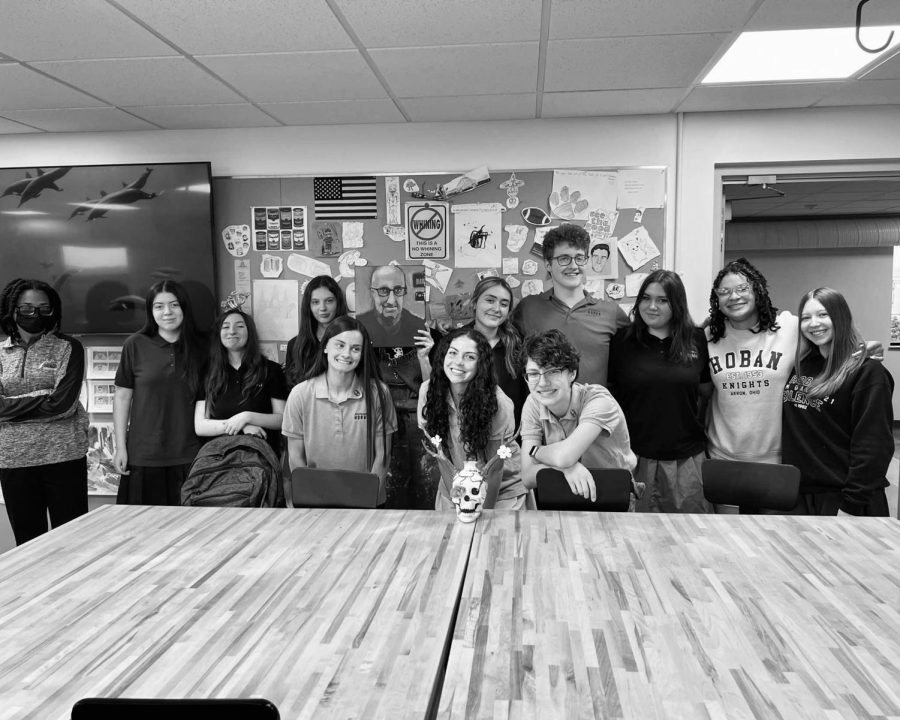Gen Z, once praised for championing sustainability, is now becoming known for consuming nearly everything in sight. Fueled by social media and the relentless wave of online trends, this generation’s overconsumption habits have reached new heights.
Platforms like TikTok play a significant role in promoting this behavior. From extravagant hauls to mass-produced PR packages, content creators influence viewers to purchase products, often ones they already own in a slightly different version. This creates a cycle of impulse buying, leaving consumers with an excess of unnecessary items.
Social media also promotes unrealistic beauty standards, making users more vulnerable to targeted ads. They are often convinced that a single product will help them meet these unattainable ideals. Combined with the convenience of online shopping, it has never been easier to buy into a trend with just a few taps.
A clear example of this is the Stanley water bottle craze. Popularized by TikTok, reusable cups became a must-have item, especially among Gen Z and millennial women. Some people collected multiple cups in a variety of colors, even camping outside stores for limited edition releases.
Ironically, Stanley was designed as a sustainable alternative to single-use plastic bottles, yet the trend of buying several cups undermines that purpose. Producing these cups, especially at a large scale, requires significant resources and contributes to pollution.
This kind of overconsumption has real consequences. The waste generated, along with the increase in greenhouse gas emissions, accelerates climate change. Stanley Cups are only one example. Many products pushed by viral trends have short life cycles, leaving behind long-term environmental damage.
The next time you feel tempted to jump on the latest trend, take a moment to think. Ask yourself if the product is truly necessary or just another fleeting moment of hype. Being mindful of your consumption not only saves money, it helps preserve the planet.



